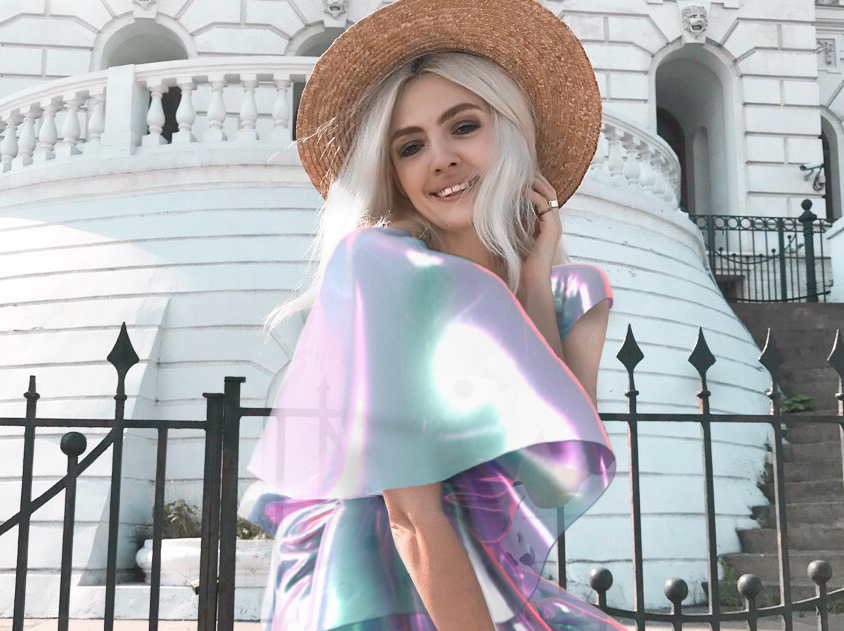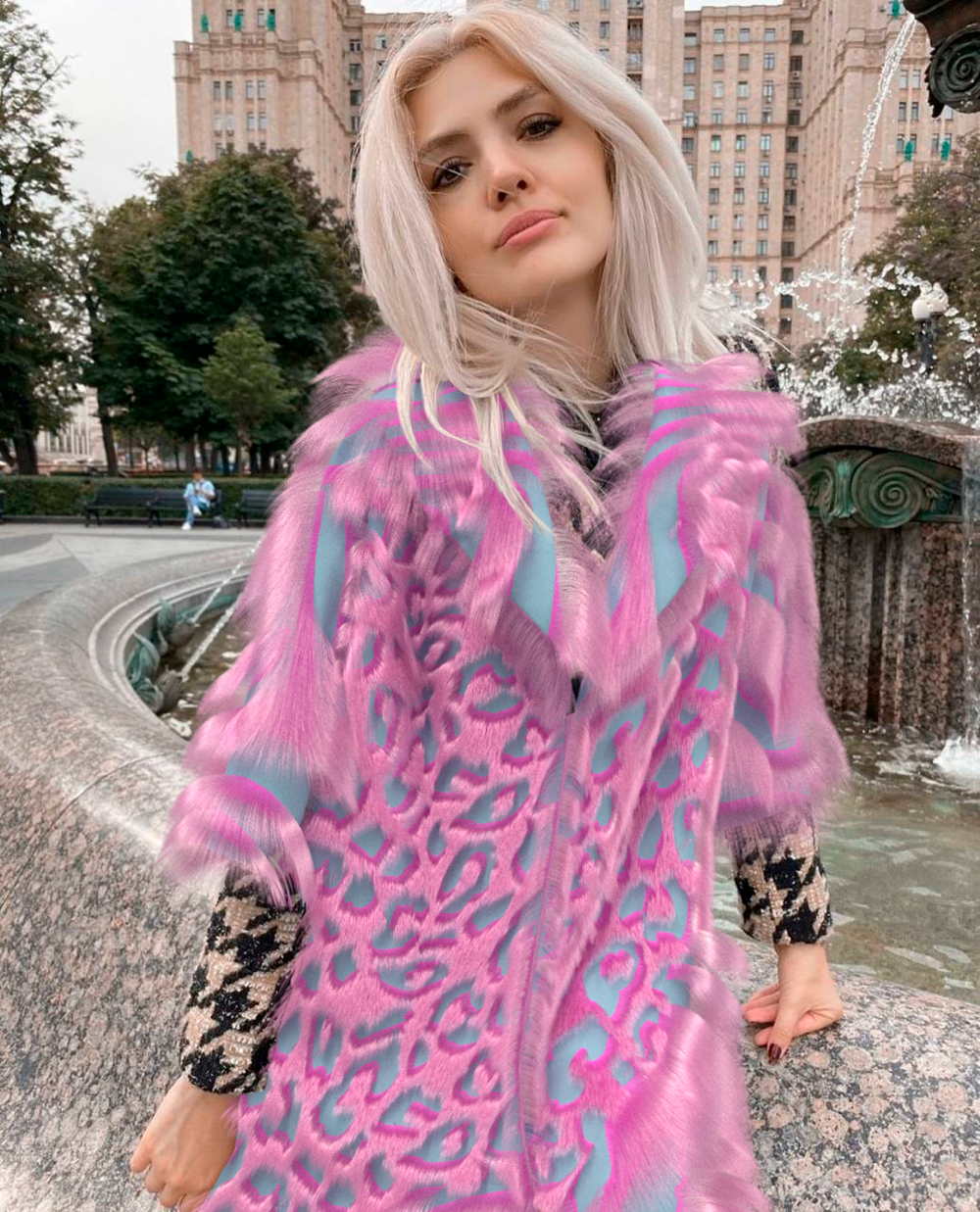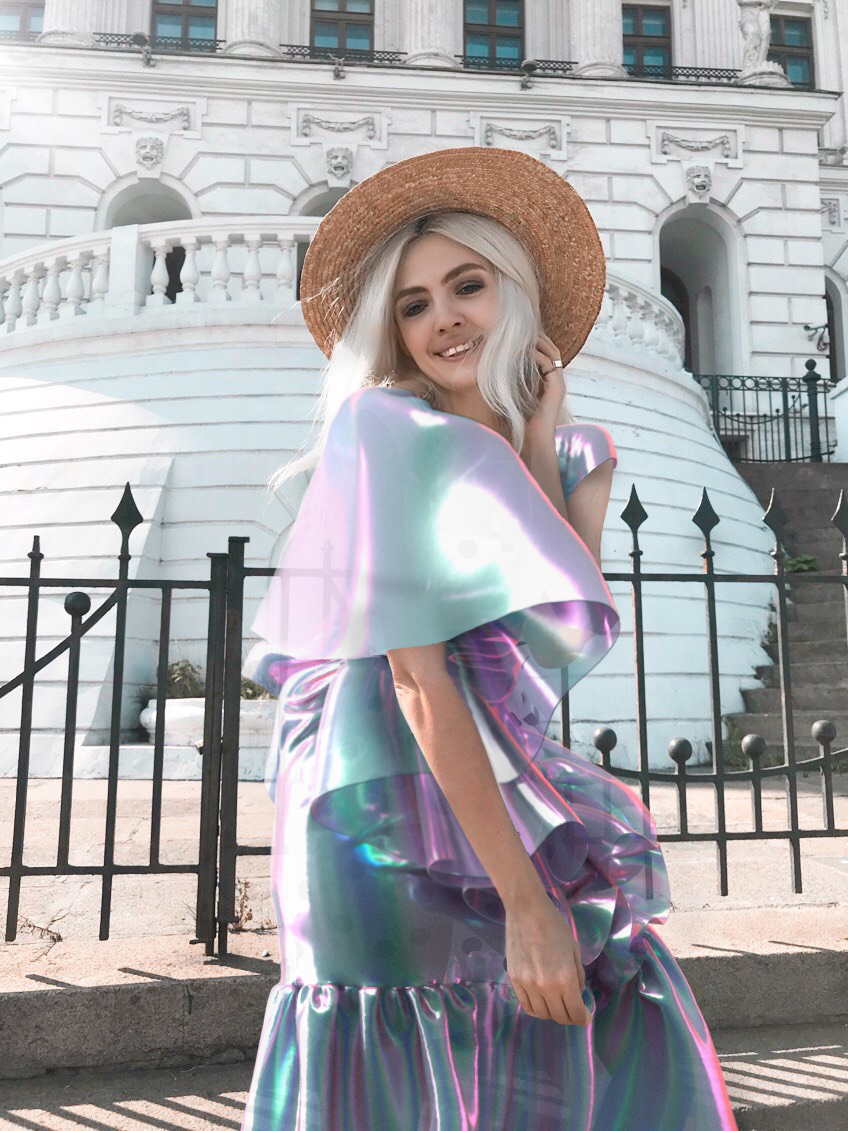
Interview with Digital Fashion Influencer Ekaterina Gorbik
For Ekaterina Gorbik, fashion is her passion and she uses social media to share looks and snippets of her life with those who follow her. She also cares deeply about the planet, and so welcomed a collaboration with digital fashion purveyor XR Couture in early 2021. Here she discusses with us the role of digital fashion on social media and what it could mean for the environment.
What are the greatest benefits of digital fashion, particularly within your profession?
The priority for me as a person who works in the sustainability and fashion industry is the ecological impact of virtual clothing. Also, as an influencer, it is important for me that a digital image can be made using shapes and textures that are unrealistic to use in real life. For example, iridescent items, crocodile leather bags or dresses with voluminous structures. Digital clothing makes it possible to wear something that cannot be dressed in reality, and this is its huge advantage.
What do you think is the most promising path right now towards a more sustainable fashion industry?
“Every tenth shopper purchases clothing exclusively for content creation. After that, at best, items are returned to the store; at worst, they are sent to landfill.”
Against this background, virtual clothing acquires not only an entertainment value but also an ecological one: digital clothing is cheaper, produced faster, can exist in more limited quantities and does not harm the environment. Virtual fashion reduces emissions by 95% and does not require the cost of maintaining and disposing of clothing.
This business strategy can lead the industry towards more conscious and sustainable consumption. People who only want a new outfit can buy digital clothes, and the rest will pre-order real clothes by traditional designers.
Of course, this format will not completely replace analog clothing for us, but it will definitely take a certain market share.
What do you think is needed to push the digital fashion movement more into the mainstream? Do you want digital fashion to become more mainstream?
Yes, sure. I guess when we see one or two digital dresses appearing in the wardrobes of Chiara Ferragni, Leonie Hanne and other famous bloggers, we will be able to talk about digital fashion’s popularity.
What are your most excited about for the future of Digital Fashion and where do you see it headed?
I would like people to perceive digital fashion not as a show, but as a small contribution that they can make to the sustainability of our planet.
Do you think digital fashion is a disrupter to influencer culture? If so, is it a positive or negative one?
Digital fashion definitely doesn’t destroy the culture of influence, it just creates a new level while also expanding the influencer market. Very few people can buy a Chanel bag for $4,500 USD, but there are a lot of influencers, even in the smallest cities in the world, who can buy a neat virtual bag for $20 USD.

What is reception and engagement like for you when you post a digital outfit as opposed to a traditional physical one?
To be honest, when I posted the images of me wearing digital clothing, the reaction of my community was much cooler than when I posted, say, Dior glasses or a Bottega Venetta bag. Probably because so many people have the same noses, lips, bags and accessories these days that only something new can attract us now. And digital clothing is something new for us.
Because Digital Fashion pieces are often created with the hyper-consumerist eyes of social media in mind, do you think you will ever re-wear any of the pieces you have purchased so far? Why?
Digital clothing needs to be vibrant, and I don’t mean in colour, but in attractiveness. Digital clothing is also needed for us to go “out” within the social media space. It has a different function—it is about its effect and not at all about its guarantee of physical comfort. And if the effect is measured in the number of likes, then I think it can be worn many times.
Do you think that influencers should be required to disclose whether a piece of clothing is digital or not?
Of course, yes, if we are talking about the popularisation of virtual clothing. It’s still kind of like an advertisement, eve if it’s sustainable.

Is Digital Fashion a trending topic amongst the influencer community or are you an early adopter? Are your peers as enthusiastic about this news innovation as you are?
During the lockdown, I worked in the sustainability department of a large oil and gas company. At the same time, I have always been interested in fashion—it is my passion.
“So, I was faced with a problem: physical stores were closed, online delivery of clothing was delayed for several days or even weeks and I along with many other people who were sitting within the confines of four walls wanted to start posting more on Instagram.”
I had a lot of content, but there were problems with the clothes I was wearing. On my Instagram account I have a hashtag, #DressForClimate. I use it to promote how fashion can help stop climate change, and through it I was offered a collaboration with a digital clothing platform. This is how I published my first outfit in digital clothes. Unfortunately, there are not many influencers who wear digital clothing right now, but I think it’s just a matter of time.
+ Words:
Dorice Lee
Luxiders Magazine Contributor








